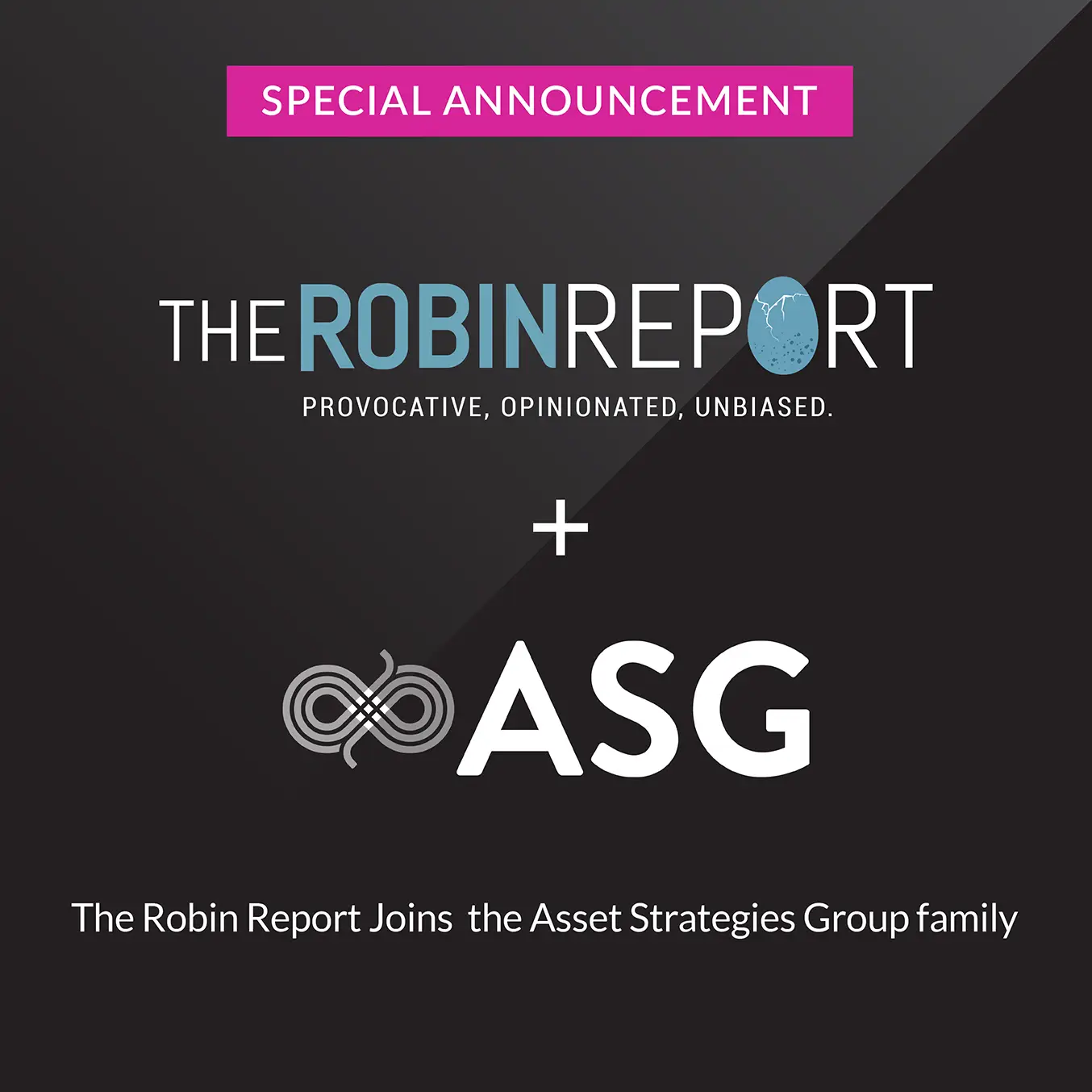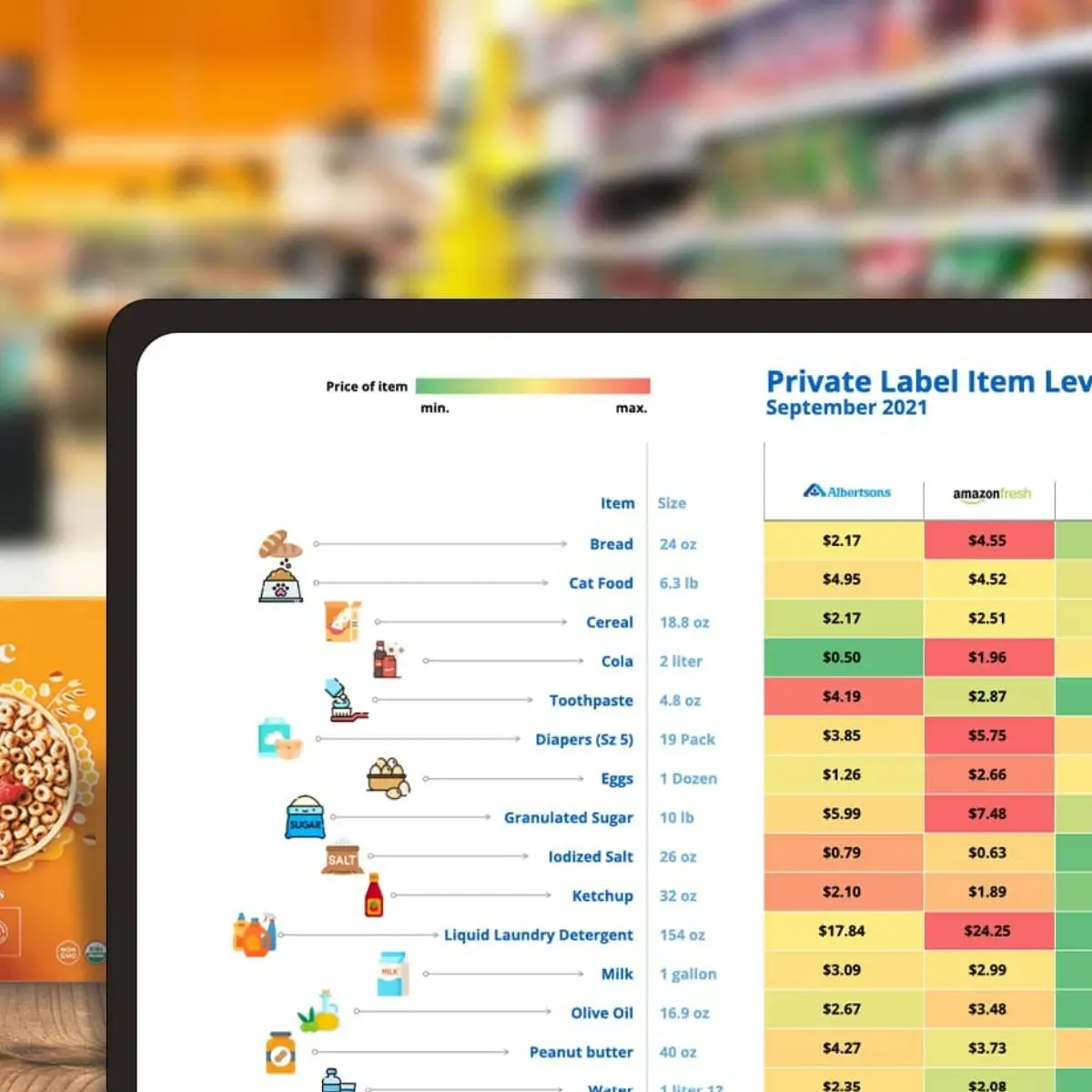As the industry adapts to the rapidly evolving consumer landscape, fashion brands and retailers must focus on reaching digital-first consumers, such as Gen Z. While the oldest in the generation have only recently entered the workforce, Gen Z is already emerging from the shadow of millennials in regard to their buying power.
Gen Z makes up about a quarter of the U.S. population and controls $44 billion in purchasing power. This purchasing power will only grow, even though many of them are still too young to buy their own products. However, this is changing with Amazon’s Back-to-School and Off-to-College online stores, a new option that will allow teens ages 13 through 17 to shop on their own, with parents setting spending limits or approving purchases. Additionally, as many parents know, they are also skilled at purchasing in new, non-traditional ways – whether that means buying from social media, making many smaller purchases, in-app purchases, add-ons, or expansion packs related to their online interests. All of these elements call for a continued evolution in brand approaches to remain relevant.
The question is, how can brands ensure they are relevant to these “iGeneration” consumers? They must be digitally innovative, both in their internal processes and core foundation, as well as in external interactions with Gen Z.
What Drives the iGeneration?
The first iPhone was released in 2007, making the oldest members of Gen Z about 12 years old at the time. Meanwhile, Facebook was founded in 2004, and Twitter came about in 2006. Gen Z hasn’t experienced life without social media or technology at their fingertips.
Unsurprisingly, NRF’s Fall 2017 Consumer View reports that Gen Zers (and millennials) are predominantly online shoppers. In the research, NRF found that 49 percent of respondents claiming to make more than half of their purchases online are between 18 and 34 years old. The research also shows that online shoppers are much more likely to research what their favorite brand’s views are on topics they care about, whether environmental, social or political. If the brand’s views contradict their own, 45 percent would stop buying that brand.
We know the iGeneration is digitally native, and socially aware. NRF’s Winter 2017/2018 Consumer View report shows that they also want to be heard. While millennials want brands to cater to them and expect micro-levels of personalization, Gen Z prefers to be part of the product creation process and share feedback for improvements directly with brands.
Let’s take a look at what some brands are doing to tackle these wants and needs.
What are Brands Doing to Address Gen Z Demands?
Target
In a corporate announcement for three new, exclusive brands aimed at Gen Z, Target said their younger guests “crave authenticity, creativity and Insta-worthy ways to show off their personal style,” and the retailer is aiming to help them express their individuality by creating experiences and brands that “reflect their interests, lives and voices.” Target knows their audience and continues to grow its digital footprint online to compete with Amazon and Walmart, while at the same time catering to Gen Z with targeted offerings.
American Eagle Outfitters
Multibillion-dollar brand American Eagle thrives on knowing and understanding what young consumers want – but what’s in style today may be out by tomorrow. With the need to adapt quickly with seasonal shifts, the retailer digitally transformed its business to streamline processes, improve efficiencies and drive savings with strategic sourcing and tactical procurement.
Forever 21
Known for its affordability and fast-fashion, Forever 21 expanded its F21 Red concept stores from eight to 40 in 2017, offering more economical goods in a smaller-store format. Gen Z is attracted to the budget-friendly prices, as well as the access to runway styles, while they’re still fresh. With its business built on a digital foundation, Forever 21 is able to quickly turn new fashion concepts into in-store products, and at an attractive price point.
Everlane
Gen Z is calling for sustainable products, and clothing company Everlane is answering that call. The company has established a transparent supply chain by detailing the entire production costs of their products, including materials, labor, duties and markup on their website – something only achievable with a digital core. In addition, Everlane details information on the factories where products are made, going as far as providing imagery of both the employees and factories. By outlining exactly what is involved in the making of each product, Everlane gives its consumers the opportunity to feel good about the ethics involved in their purchases – something that will attract Gen Z.
Every brand’s approach to attracting the next generation of shoppers will differ, but there will always be an underlying theme: digital innovation. In each of the examples above, the brands are operating in a digitally transformed environment that enables the flexibility needed to implement new technology and processes – whether internal or external, such as externally delivering fast fashion or behind-the-scenes supply chain transparency to ensure sustainable and ethically-sourced products.
Making Gen Z an Ambassador
While brands figure out the best approach to targeting Gen Z as consumers with buying power, there’s another piece to the puzzle that can’t be overlooked: recruiting Gen Z. My company, SAP, is in the process of recruiting 7,000 Gen Z (and young millennial) employees.
In an interview with Inc., Jenn Prevoznik, Global Head of Early Talent Acquisition at SAP, explained that organizations will have to be more agile and fluid to attract and retain Gen Z talent. For retailers, this means both external and internal operations must be digitally enabled. Behind the scenes, Gen Z expects the technology they work with to be able to keep up with them, keep up with the technologies they are already using daily and be intuitive.
Programs like reverse mentoring – where senior executives and new hires come together – enables Gen Z to feel empowered and included, while surfacing much-needed insights that are valuable to companies.
Digital Innovation FTW
Digital innovation, enabled by operating an intelligent enterprise, is the key that unlocks opportunities for retailers. By ensuring all internal operations and external communication revolve around a digital core – enabling automation of previously manual processes and digital interaction with consumers – retailers can ensure a company runs as a seamless business and gains more visibility into the needs and wants of the consumer. This, in turn, allows a sharper focus on building the brand in a way that appeals to digitally native consumers, like Gen Z.
With a digital foundation, launching new technologies and concepts becomes a reality for brands and retailers, enabling flexibility to evolve and meet the continuously changing demands of Gen Z.




